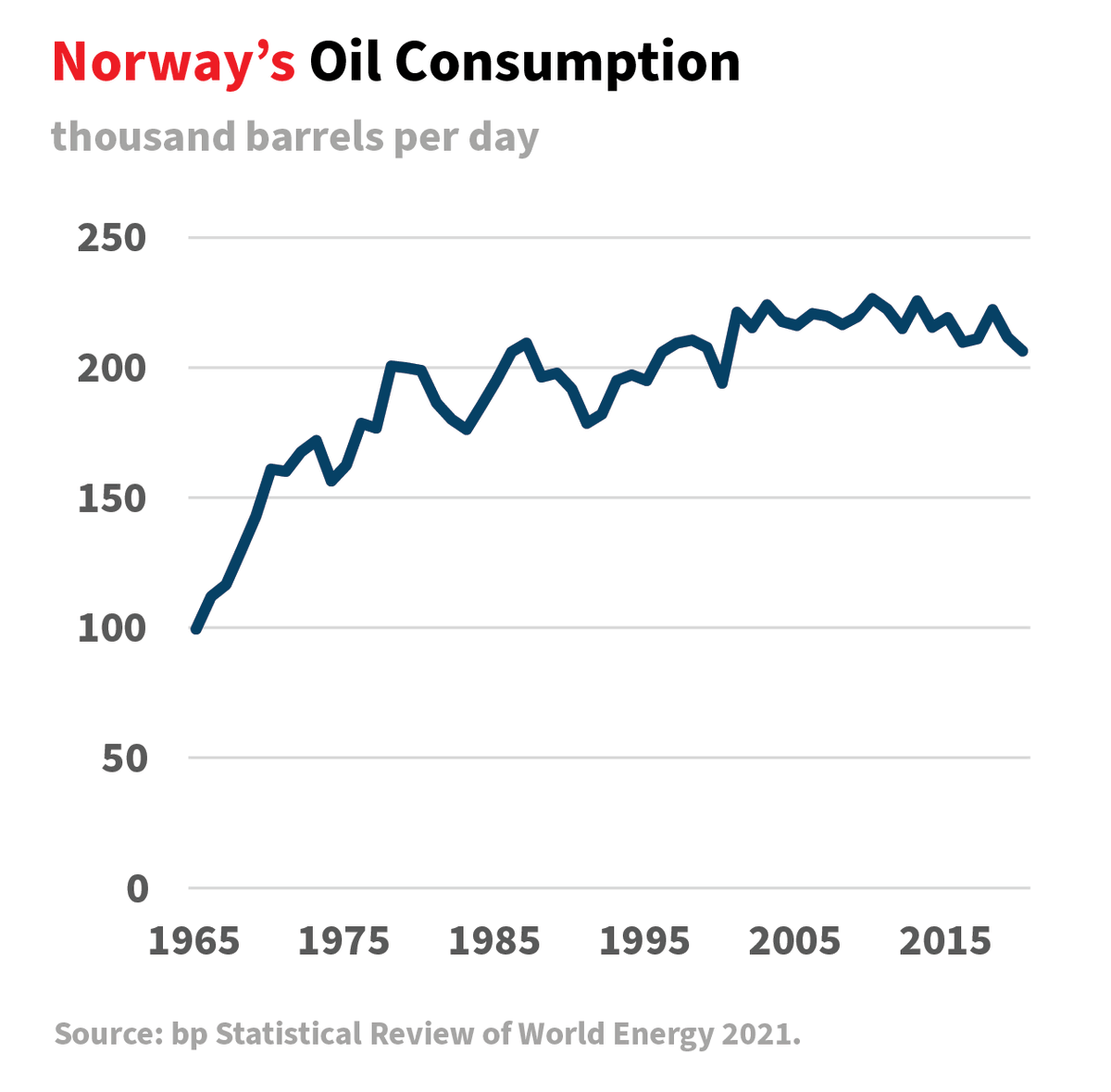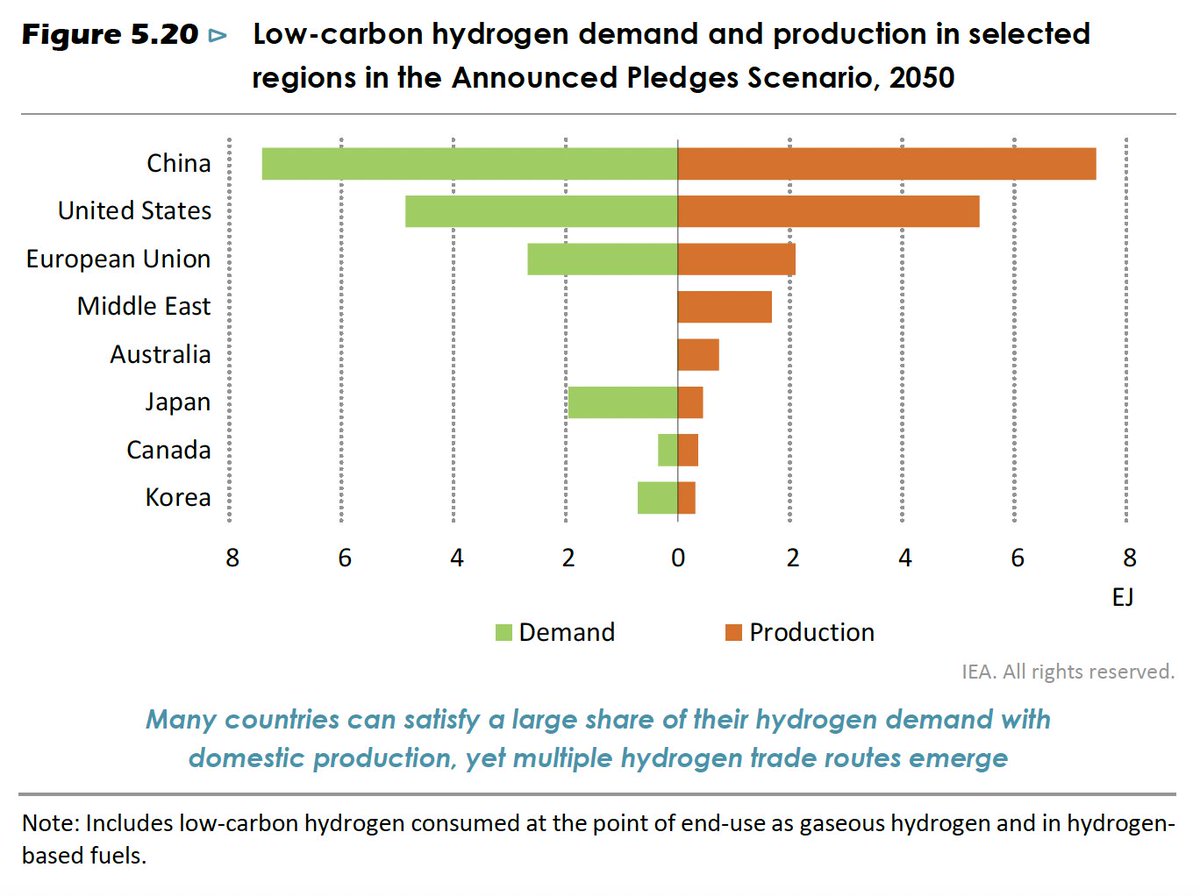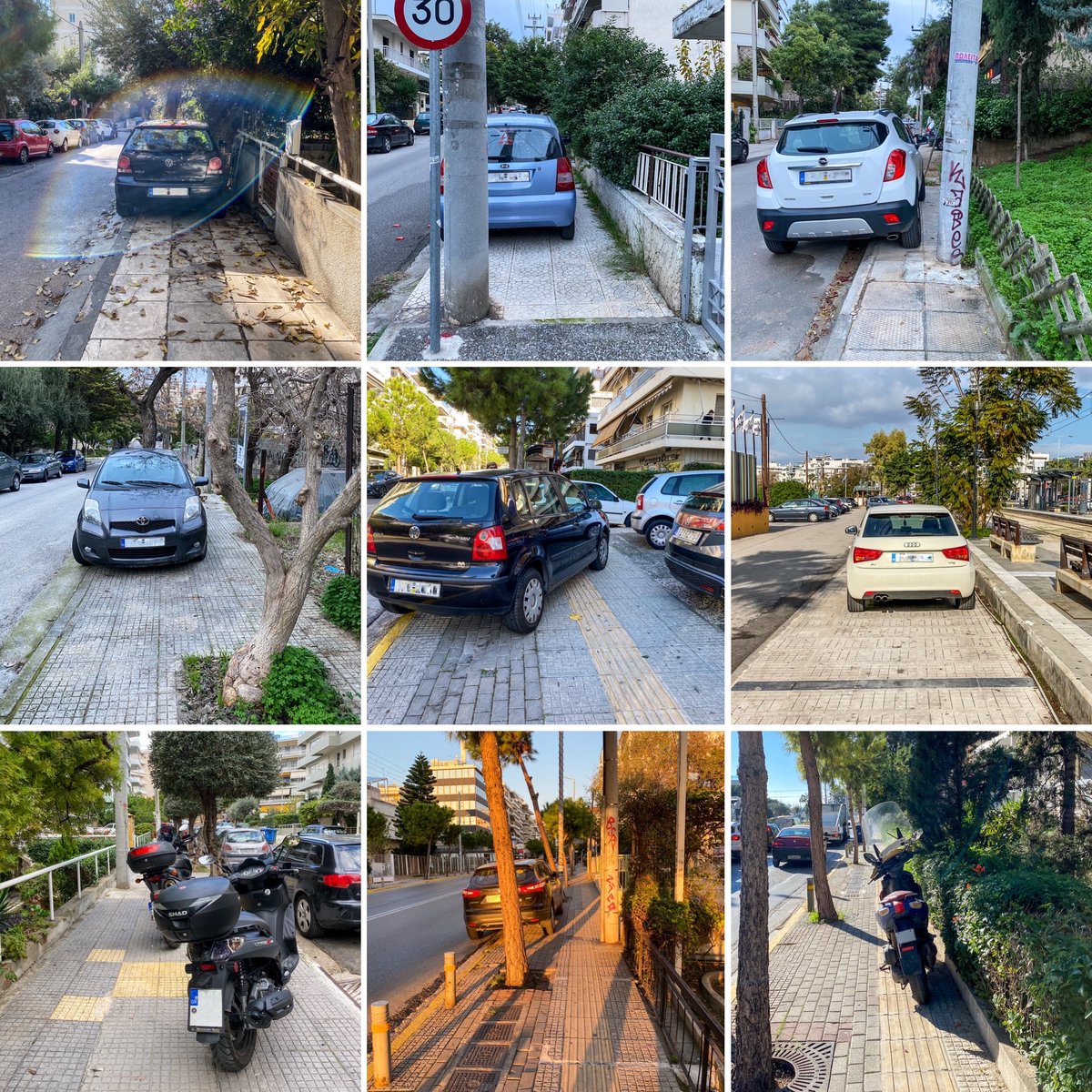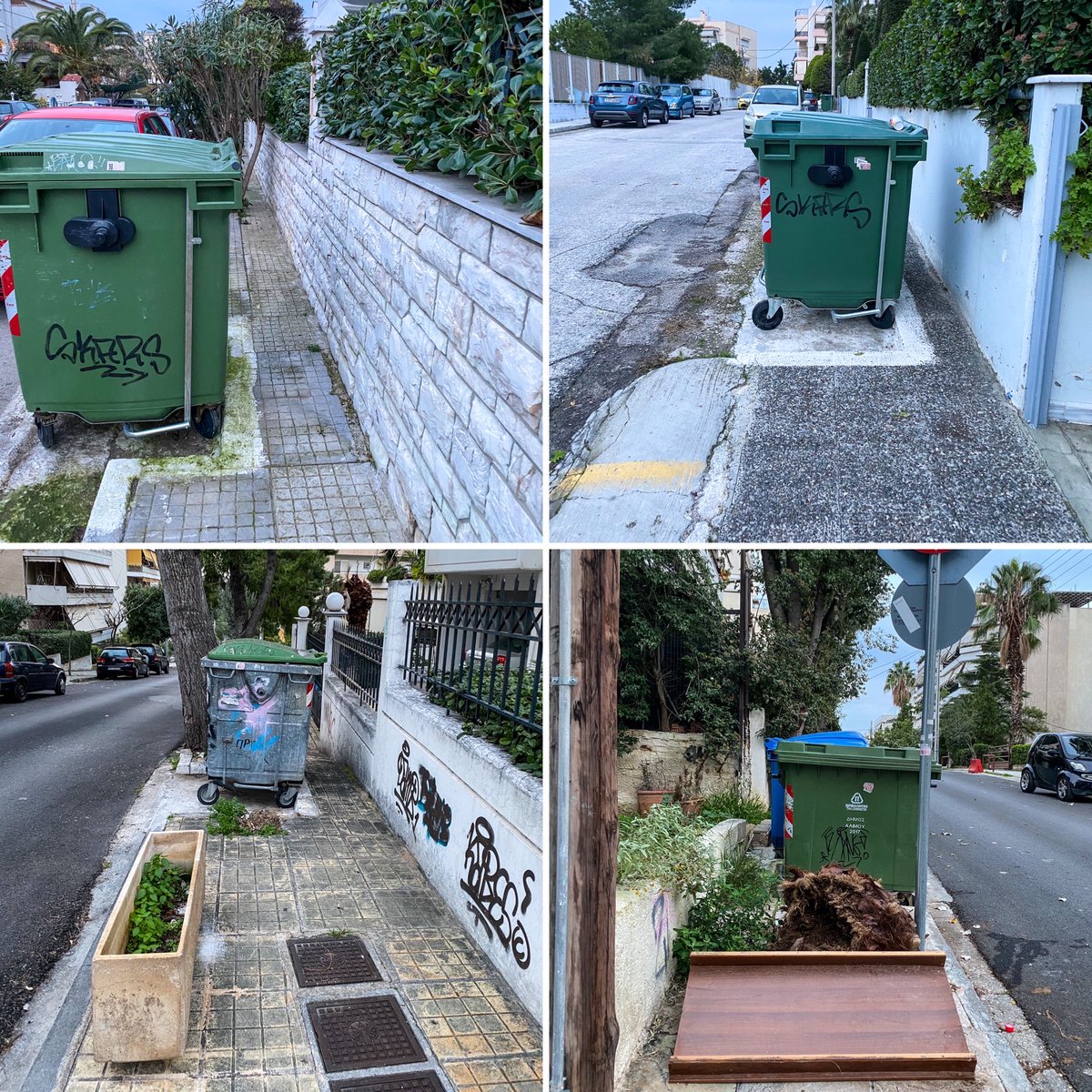
Coming out of COP26, I yearn for a general theory of emissions reductions. I don’t want to talk about ambition, bending the curve, or what countries are proposing to do. I want to talk about *performance*. Are emissions falling? Where? How much? Why?
A thread.
A thread.
Let me start with my favorite example: California, a state widely seen as a climate leader. Do you know how much California reduced CO2 emissions between 2005 and 2018? 8 percent. Same as Florida. Yes, there are caveats. But still: 8 percent?? Not exactly impressive…
Here is Norway’s oil consumption, the leading market for EVs. Barely a dent visible. I don’t want to minimize Norway’s record in EVs. I wish we could all be like Norway. Over time, it will make a difference. But my point is: look at the math that really matters. It’s unforgiving. 

Here is the United States. Emissions from electricity are down. But everywhere else: basically nothing. No progress in reducing emissions. This is the track record. This is the baseline. This is what we’re trying to change. 

So how do we lower CO2 emissions? There are three ways: changes in activity (don’t do the thing that emits CO2); more efficiency (use less energy in doing the thing); or fuel switching (emit less carbon in doing the thing).
So what has lowered emissions? Changes in activity sure have. There are huge shifts in industrial production, for example, that lowered energy use and emissions. But lowering the activity itself only takes you so far. It’s an option for limited applications (e.g. urban mobility).
Efficiency has lowered emissions. But efficiency is good at breaking the link between activity and emissions—getting more for fewer emissions. We use less energy to move a car, heat a home, power a factory. But it doesn’t have a great track record in *reducing* emissions.
Most emissions reductions come from fuel switching. Some fuel switching comes when a new, cheaper option undercuts the incumbent. Even then, it takes time. Gas and renewables decimated coal in the United States. But coal is still 20 percent of the mix 15 years after the peak.
More often, fuel switching is the product of policy design. The shift away from oil in the 1970s or the boost for renewables in the last 15 years. It comes from a willingness to pay for the lower-carbon option over the existing system. It’s the *surest* strategy for change.
And so a lot of the things we focus on—finance, subsidies, regulations, carbon pricing, coalitions—they matter, of course, but they depend on an arc of governments favoring, usually with real money, the lower-carbon option. Without that push, you get slow, incremental change.
What do you at home matters more than what you say or negotiate in Glasgow. So I don’t put too much stock on whether countries agree to phase out or phase down coal. How they qualify their policy on subsidies. Or even whether they can agree on much at all.
We don’t need collaboration as much as we need alignment in climate policy. Synchronicity. If countries are supporting the same technologies at the same time, that creates a bigger market, which in turn can generate economies of scale that reduce costs. That’s the goal.
So if I am optimistic, it’s because I see governments willing to act. Willing to spend real money. Eager to chase the opportunities associated with the transition. That’s the kind of action I can plausibly link to emissions reductions. That’s what the record shows. Fin.
• • •
Missing some Tweet in this thread? You can try to
force a refresh













